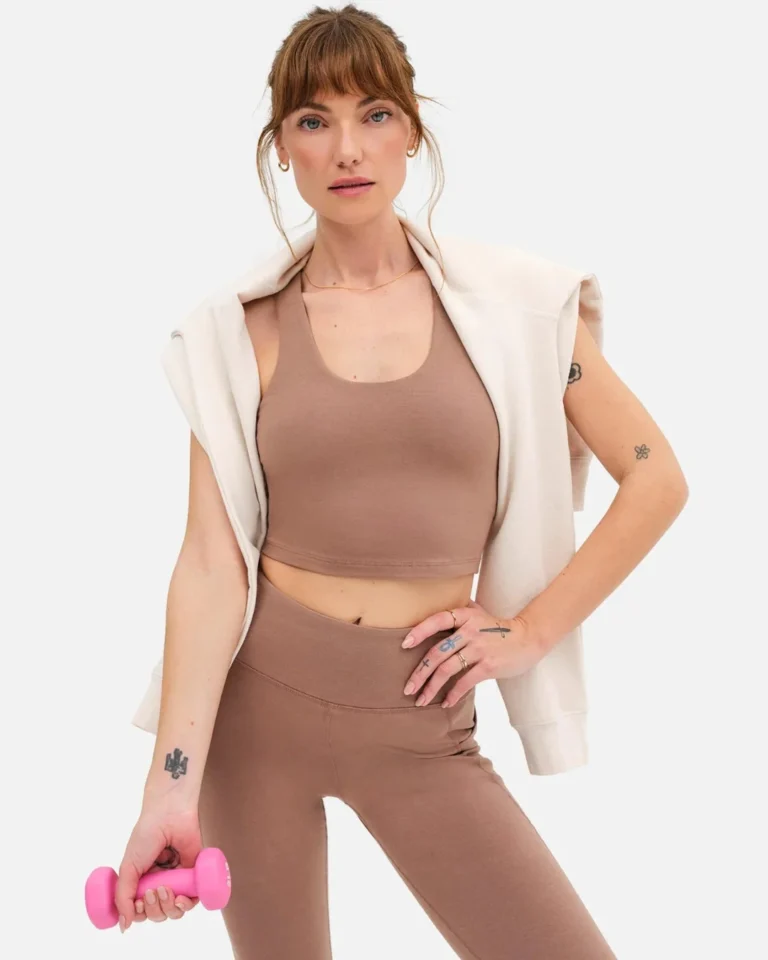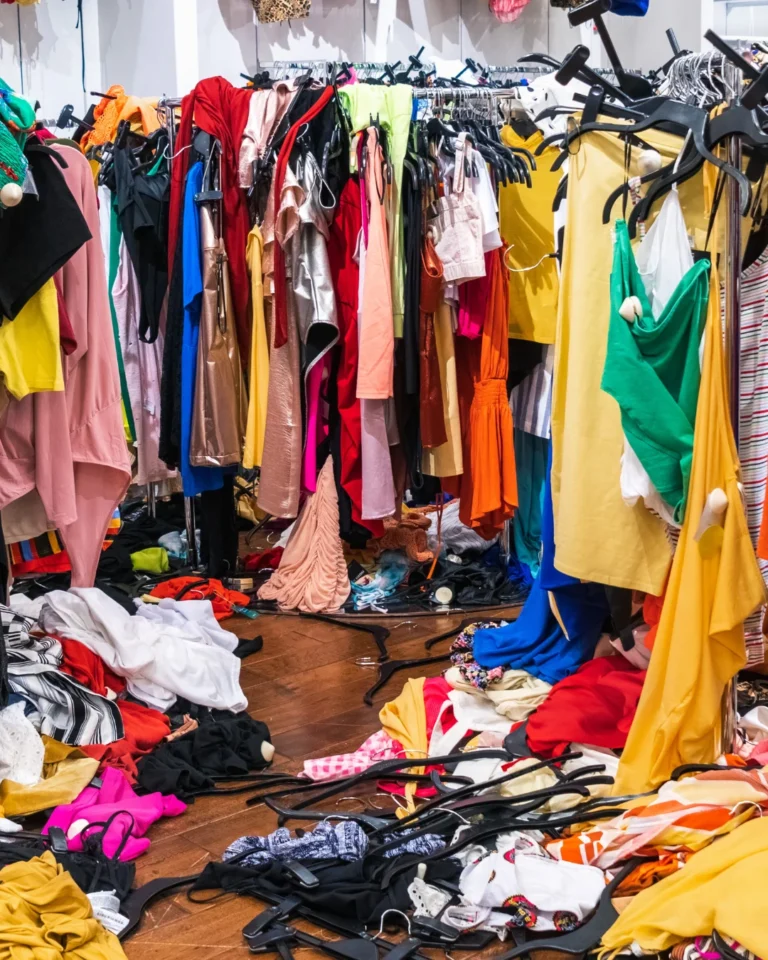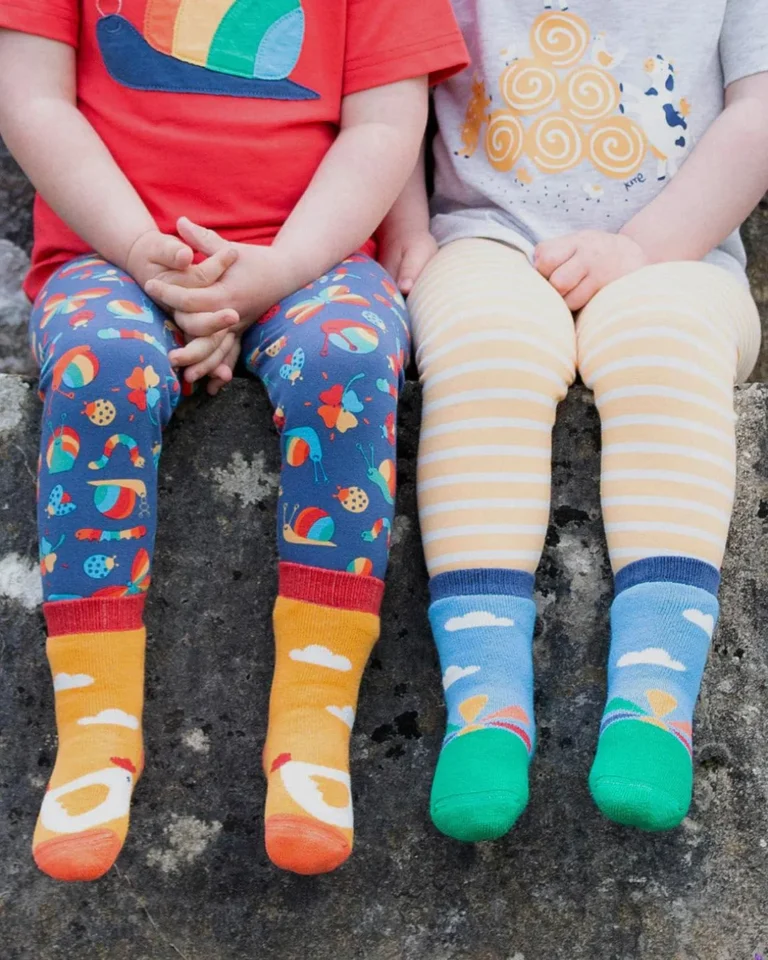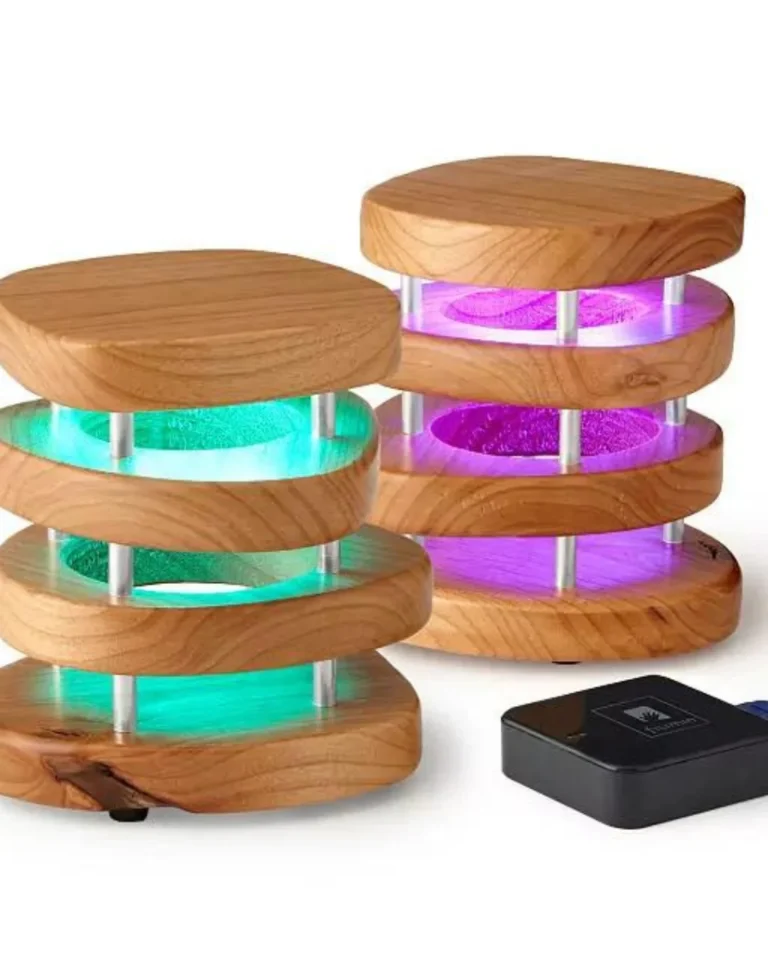SKL is reader supported. When you buy through links on our site, we may earn affiliate commission. Learn more here.
Are you looking to do a closet cleanout that isn’t just tossing things into a bag and dropping them off at the nearest Goodwill? Do you need guidance on what to do with those old clothes you don’t wear anymore?
Spring is well underway, which often comes with the urge to refresh and de-clutter. We’ve gathered the best tips on how to sustainably clean out your closet ( and how to stop over-consuming clothes so this doesn’t have to be a constantly recurring thing!).
This guide will walk you through how to declutter your closet in a sustainable and responsible way. Not only will we cover some tips and tricks to an efficient closet clean-out, but we will also review why a sustainable approach is necessary. Bonus point: We will also walk you through exactly what to do with those unwanted clothes.
This is the ultimate guide to a sustainable closet cleanout in 2024.
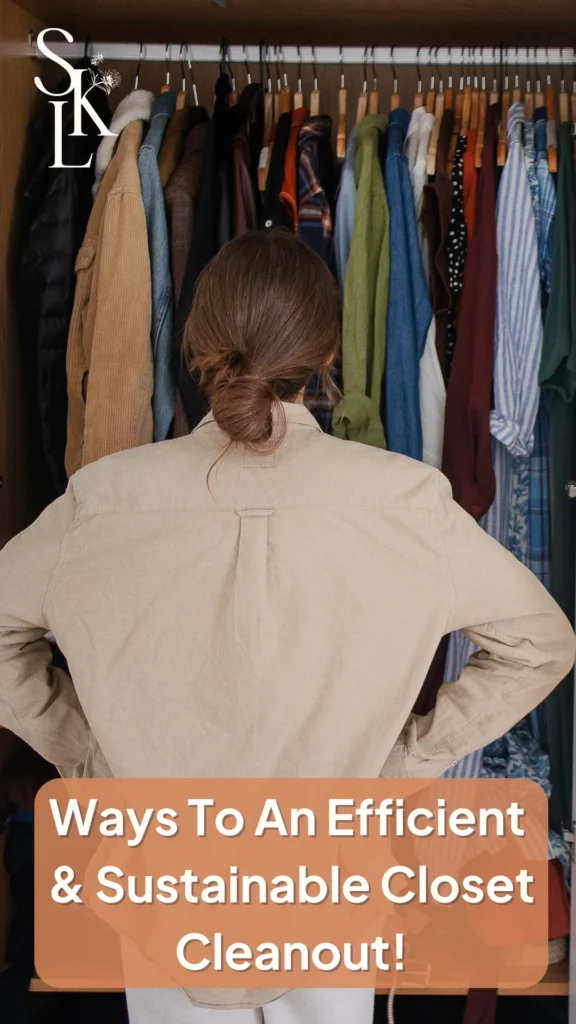
What is the best way to clean out your closet?
The best method for a closet cleanout will start with a sustainable and mindful approach.
Sustainable living begins with a mindset. Part of that mindset is learning to love and appreciate what we have. When it comes to what we own, including our clothes, we want to care for them and use them for as long as we can.
You can find more reasons why caring for your clothes matters here!
When we wear and make use of our clothes for a long time, we cut down on our need to buy more clothes. By shopping less, we reduce our consumer demand for new production, which has a harmful impact on both people and the planet.
This applies to how we clean out our closets because we want to ensure that we are giving every piece a fair chance and a fruitful second life.
When we extend the life of our clothes, we reduce their environmental impact.
While we want to try to keep our clothing in use, there are some clear benefits to cleaning out your closet!
Paring down your closet to what you truly love can provide a lot of relief.
Having excess and unworn clothes can contribute to a feeling of discontentment about our closets (which can lead to more shopping).
Often we can feel unhappy with our closets because we are standing infront of them, looking at a bunch of clothes that we feel “meh” about and don’t wear. When you eliminate (or reimagine) those pieces, you are making space to get more use out of what you love in your closet!
As much as we want to love our clothes and use them for as long as possible, it’s important that we get rid of the clothes we no longer need so they don’t distract from the amazing pieces we already own.
Using what you have is not the same as keeping what you have. And I know that I’m definitely guilty of keeping things beyond their useful life for me.
How to Declutter Your Clothes:
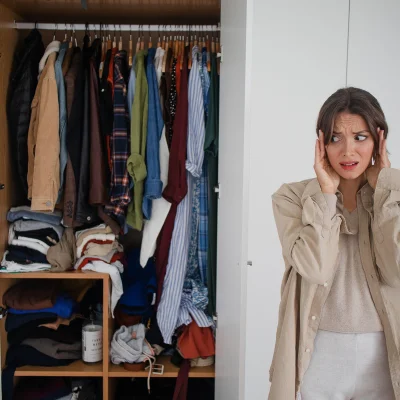
To help your closet reach its sustainable potential, you must evaluate and refine it. Part of that process is decluttering your closet and finding new homes for those pieces. This can be a daunting task. Here are some tips on how to effectively clean out your closet.
From our CEO, Danielle: “When I’m cleaning out my closet, I need a good 4-5 hours of undisturbed time. I have boxes set up for “selling” or “upcycling”, my favorite podcasts playing in the background (my key here is that it’s a podcast I have already listned to so I do not get too distracted!), and about 1-2 suitcases at my feet.”
“When sorting, I like to put any out of season pieces that I love in the suitcases and label them “cold weather” or “hot weather”. I keep these under the bed until that season rolls around and then I swap them out (it’s essentially a 2 season capsule). I also have a clean corner ready so I can take photos of whatever I wish to sell at that very moment to save time. If I’m feeling really motivated, I will list that piece on Vestiaire Collective or ThredUp right then and there!”.
1. Set the Mood
Organizing and sorting isn’t everyone’s favorite activity, so do what you need to make this process more enjoyable for you! Throw on some music. Play an old favorite TV show in the background. Listen to a podcast. Invite a friend over. Whatever your preferred accompaniment to decluttering your closet, make sure you set aside enough time to thoroughly sort through your clothes.
2. Organize By Type
Start by organizing your clothes by type. For example, sort all your pants first before you move on to shirts. This helps you take a comprehensive look at what you wear in relation to other items in that group.
When you look at all your pants at the same time, you’ll notice what you tend to grab most often, a specific style you gravitate towards, and which pieces you liked in theory but never actually wore. This will give you insight into your personal style and can inform future purchases.
Approaching your closet by type will also allow you to stay organized in the process and can help you more easily break down the process if you only have short amounts of time to clean out your closet and will have to revisit it later.
3. Categorize
On your first pass through, divide your clothes into piles “yes,” “no,” and “maybe.” The “yes” pile consists of the clothes you love and wear regularly. The “no” pile is the items you instinctively know you no longer wear or need. The “maybe” pile is the most complicated. These items may be ones you’re sentimentally attached to, ones you wear occasionally but not often, items that the fit is just off or is damaged, and so on.
4. Try Your Clothes On
This step is important in solidifying your decisions, specifically those in your “maybe” pile. The purpose of trying clothes on is to honestly evaluate how you feel about the clothes.
You are hesitant about your “maybe” items for a reason. Evaluate whether that reason is that you don’t love the look or you need to reimagine new ways to wear it. If you look at yourself in the item and think, “meh,” it’s time to get rid of it.
If you still like the way it looks but forget to wear it, try pairing it with new things. Get experimental and discover new outfits with existing items in your wardrobe. This can be the most fun part of the process. It allows you to get creative and fall back in love with your clothes again. As you try on your clothes, re-categorize your “maybe’s” into your “yes” and “no” piles.
5. Check-In With Your Emotions
Are you sentimental about your clothes? If so, there is absolutely nothing wrong with that. Clothes hold a lot of memory and emotion. And feeling strongly about pieces helps us value them and care for them. However, sometimes sentimentality keeps us from getting rid of things that no longer serve a purpose for us.
If you’re truly attached to an item that you can no longer wear, find a way to repurpose it or commemorate it. Or you can also find a loved one who will love the piece as you did. It’s important to consider why you’re holding onto items and recognize how to best translate that emotion.
6. Re-Organize
After sorting through all your clothes and picking the ones you want to keep, it’s time to re-organize and optimize your closet to serve you best. Part of what leads to clothing not being worn is its placement in the closet. As you put your clothes away, consider where your clothes will be most visible and accessible based on your needs.
If possible, keep everything in its proper group and get specific with subgroups. For example, I keep all tops grouped, starting with tank tops, then short sleeves, then long sleeves, etc… By categorizing like this, you’ll have a clear vision of what you have when you look for a piece to add to your outfit. If you desire, you can add another organizational layer and group by color.
Make it easy on yourself and reorganize your closet each season, bringing the appropriate season to the front and stashing away what you won’t need for several months.
An organized closet is the foundation of a sustainable wardrobe. Not only does an organized space improve mental health and boost self-esteem, but it will also allow you to have a positive relationship with your closet space that translates to an improved view of your clothes.
Having an organized space allows you to see your clothing clearly and access it better, increasing your chances of wearing more of it and decreasing your desire to shop more.
7. Responsibly Rehome Unwanted Clothes
The last and most important step in this process is to take your “no” pile and find ways to give it the best second life beyond you. This is an important step because of our overconsumption problem and flawed clothing disposal systems. 85% of clothes end up landfilled or incinerated. A vast majority of clothing has the ability to be recycled, but only 15% actually is.
Thus, it’s best if we, as consumers, can lessen our overall clothing footprint by buying less and using it as much as possible. Due to how much secondhand excess there is, we need to find alternative methods to donate (we have a great list below!).
The ultimate goal is to reduce as much waste as possible to divert it from landfills and harming other countries. We need to give clothing as long of a life as possible.
What To Do with Unwanted Clothes
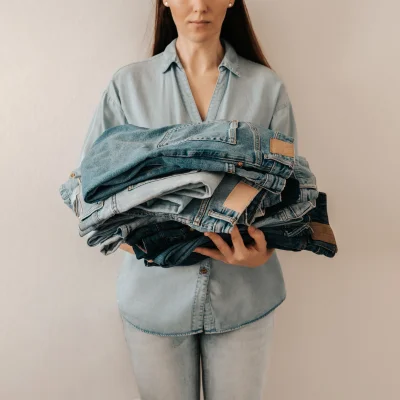
1. Rehome to friends and family.
Pass on some pieces to friends you know like them, or offer family members first dibs on the clothes you no longer want. Have a swap day with friends and trade clothes to refresh your closet.
2. Sell your clothes.
While selling your clothes requires some effort on your part, it allows your clothes a better chance of actually being used again and you get a nice paycheck! While we may think that donating clothes offers an opportunity for clothes to be used again, selling clothes allows the garments to go directly to a place they are wanted. Studies prove over and over again that folks treat clothes better that they had to pay for than receive for free. You can try selling online on a platform like Vestiaire Collective, Poshmark, Depop, Ebay, ThredUP, or Vinted.
3. Gift via a Buy Nothing group.
If your friends or family aren’t in need of some new clothes, you can gift your clothes to community members through a platform like Buy Nothing Project. Buy Nothing groups on Facebook or the app allow you to rehome your unwanted items in your community to those who want it.
This is a great way to experience reciprocal generosity with your neighbors. Other similar platforms include Nextdoor or Freecycle Network.
4. Repurpose or Upcycle.
If you have pieces that are damaged or could use some mending in order to be usable again, try repurposing or upcycling. Upcycling is adding value to an item through creativity and renewed purpose. It can be a great way to reimagine and refresh a garment and make you fall back in love with it.
Upcycling a garment can include dying, painting, cropping, restructuring, embroidering, and beyond.
Repurposing allows you to give a garment a new life by modifying it into something different. This can look like turning clothing into a quilt or decorative piece, using old t-shirts for cleaning rags, or reimagining a garment into an accessory. These practices extend the life of clothes that may not have been usable again as they were.
5. Recycle
Recycling is a good option for clothing that cannot be used again. Be sure to do your research on what recycling program is best for your garments and what condition the clothes need to be in for that recycling program. Natural fiber clothing can be composted, while fabric blends are harder to recycle.
Some brands offer recycling programs, like Mate The Label. You can also purchase a Terracycle box to send in your items to be broken down and reused. Terracycle’s program, while effective, can be pricey for an individual, so you could go in for a box with some friends or find one of their partners.
6. Donate strategically.
If people don’t outright throw clothes away, donation is often the popular way to get rid of unwanted clothes. But donating to thrift stores is not a fail-proof method to ensure your clothes get a good second life.
Only 10-20% of items that get donated are sold. The excess inventory is sent to recycling and sorting centers. There, they are sorted— by material, by condition, and by the overseas market it’ll be sold to. Most American clothes end up in the Global South.
Clothing is bundled into large bales that are around a couple hundred pounds and they are sold by the bale. Some of these bales are sold exclusively to become rags or to be bought by secondhand markets in the Global South to be sold again to overseas consumers. Due to the nature of the bales, only a small percentage of what is in those bundles is valuable to overseas secondhand entrepreneurs— remember, these clothes are already the unsold clothes of people’s donated unwanted clothes.
Then, the burden of our waste is transferred to those countries. Importing used clothing can harm the local economy of that country, undermining the artisans and local makers with the competition and cheap prices of secondhand. Then, the inevitably unsold pieces end up being landfilled there.
Because of the excess of secondhand stores and the inevitable path to landfill that most donated goods go on, donations should only be considered in specific instances.
If you donate to a traditional thrift store, be realistic about what could be resold there. Donate clean, usable, desirable clothing to increase the chances it’ll be used again.
Better yet, donate to specific organizations that provide guidelines for what exactly they need. For example, many charities may accept donated goods that align with their purposes such as refugee organizations, foster care programs, shelters, and crisis centers. Donating according to specific needs that have been outlined by an organization can be more beneficial than simply bagging up a bunch of clothes and dropping them off at the nearest Goodwill.
A note about clothing disposal systems:
Be realistic about what garments will work for each method. The reality is that our clothing disposal systems are flawed. Many amazing organizations like Fabscrap, Helpsy, and Terracycle are working to improve these systems.
Yet, to responsibly dispose of and rehome our clothes takes intentional effort. This emphasizes the importance of being thoughtful about the pieces you bring into your life. When we only add items that we truly love, that are high-quality and that we are willing to care for, we reduce our impact and make it easier on ourselves when it comes to keeping our closets organized and clutter-free.
Maintaining our closets– through what we buy, keep, and clean out– is important to incorporating sustainability into our wardrobes. I know it can feel overwhelming to conduct a closet cleanout, but I hope these tips provided you with some direction and insight to make it easier!
To learn more about sustainable fashion, see these posts:
- Why is Sustainable Fashion so Important?
- The Low-Waste Movement: What it is & How to Get Started
- Sustainable Fashion on a Budget
Sources:
- Council for Textile Recycling
- Environmental Protection Agency
- Travels of a T-Shirt in a Global Economy by Pietra Rivoli
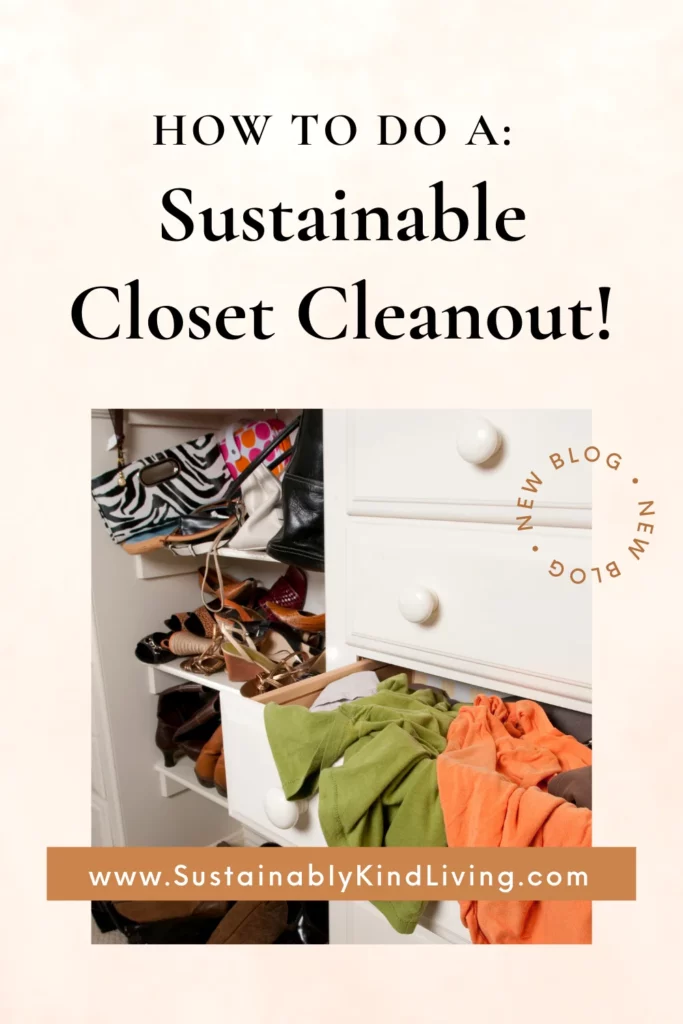
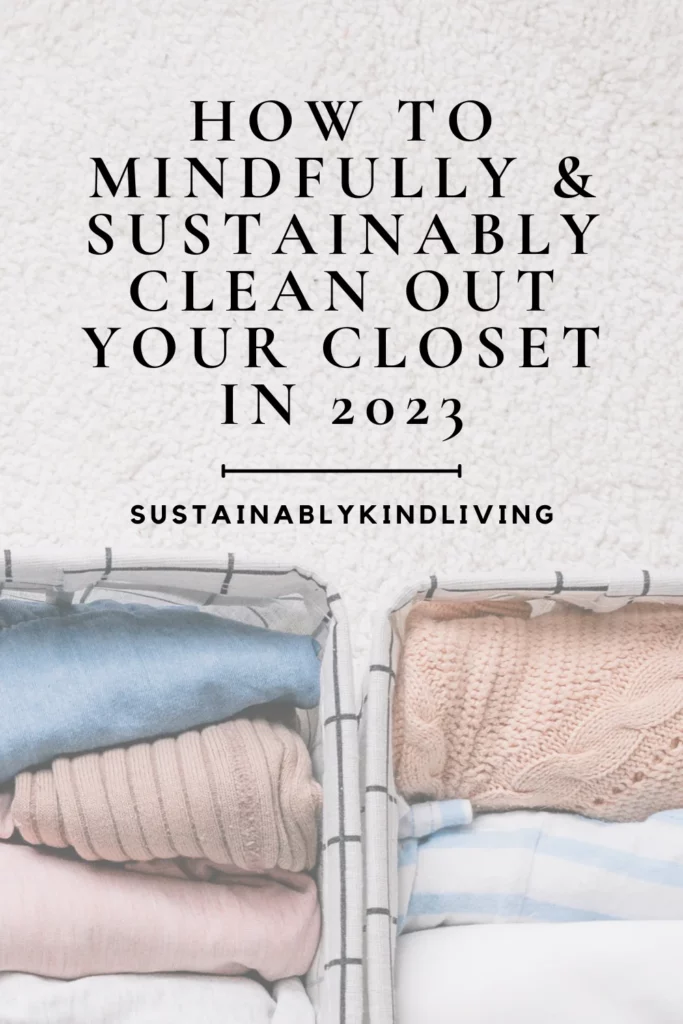
 Enter To Win Over $1500+ In Non-Toxic Goodies!
Enter To Win Over $1500+ In Non-Toxic Goodies! 
